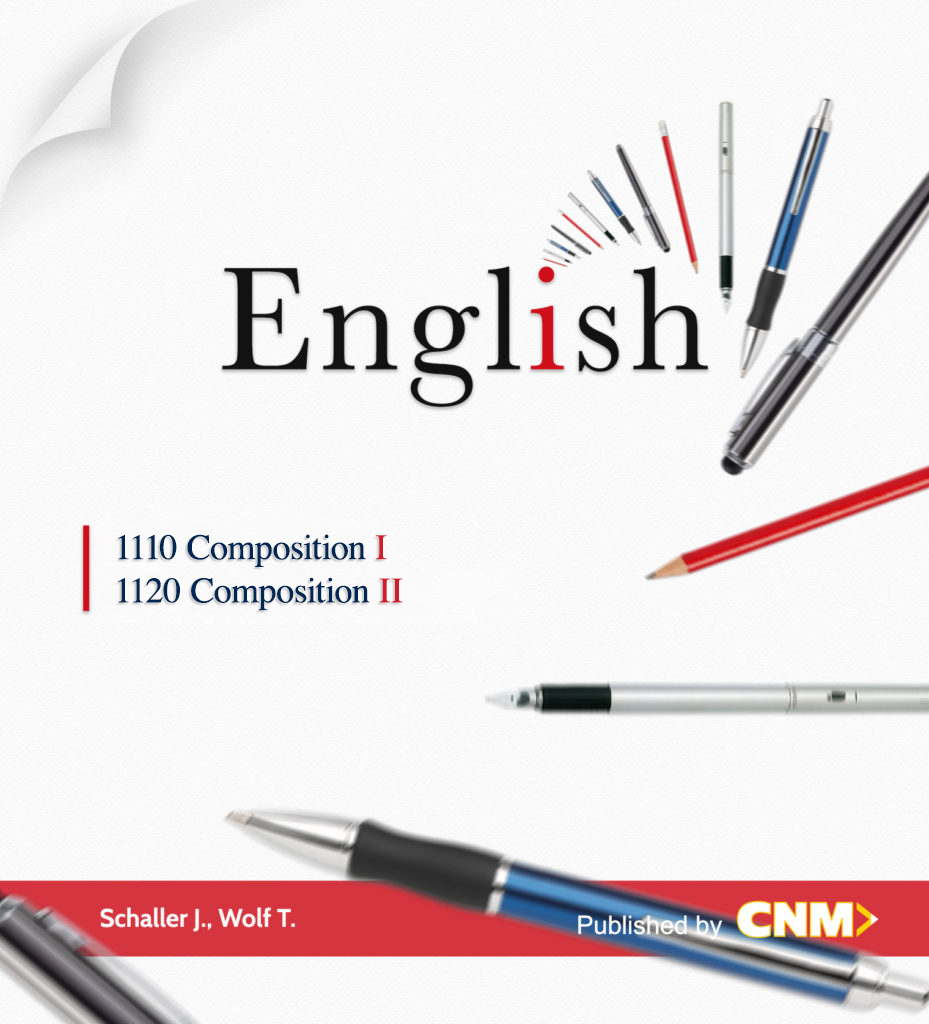
Part 1: Introduction to College Writing
Lessons
Part 2: Writing Processes
Lessons
- Chapter 4: Writing for Different Rhetorical Situations
- Chapter 4.1: Rhetorical Modes
- Chapter 5: Considering Audience
- Chapter 5.1: Digital Audiences
- Chapter 6: Drafting Strategies
- Chapter 7: Outlining
- Chapter 8: Thesis Development
- Chapter 9: Paragraph Development
- Chapter 9.1: Paragraph Development contd.
- Chapter 10: Revising and Peer Review
- Chapter 10.1: Revising and Peer Review contd.
Part 3: 1101 Genres
Lessons
- Chapter 12: Personal Narratives
- Chapter 11: Summary
- Chapter 13: Reflection Writing
- Chapter 14: Comparison and Contrast
- Chapter 15: Reports
- Chapter 16: Evaluations
- Chapter 17: Proposals
- Chapter 18: Digital Composition and Multimodal Texts
- Chapter 18.1 Digital Tools for the Prewriting Process
- Chapter 18.2 Design Principles for Print and Digital Media
- Chapter 18.3: Multimodal Genres (Websites, Presentations, and Infographics)
- Chapter 18.4: Multimodal Genres (Videos and Podcasts)
Part 4: Analysis and Critical Thinking
Lessons
- Chapter 19: What is Analysis?
- Chapter 20: Considering Your Subjectivity
- Chapter 21: Developing an Analysis from a Critical Reading of Examples
- Chapter 21.1: Developing an Analysis from a Critical Reading of Examples contd.
- Chapter 22: Using Interpretation to Develop Thesis
- Chapter 23: Explanations and Significance: Developing Your Analysis
- Chapter 23.1: Explanations and Significance: Developing Your Analysis contd.
- Chapter 23.2: Synthesis Writing
- Chapter 24: Analyzing Visual Rhetoric
- Chapter 25: The Analytical Essay: Expressing Your Points of View
- Chapter 25.1: The Analytical Essay: Expressing Your Point of View contd.
Part 5: Argumentative Writing
Lessons
Part 6: Research Process, MLA and APA
Lessons
- Chapter 30: Developing Your Research Process
- Chapter 30.1: Exploratory Essays and Informative Research Papers
- Chapter 31: Gathering Reliable Information
- Chapter 31.1: Gathering Reliable Information contd.
- Chapter 32: Evaluating Sources
- Chapter 33: Compiling and Managing Research
- Chapter 34: Drafting Your Paper
- Chapter 34.1: Academic Research Papers
- Chapter 35: Annotated Bibliography
- Chapter 36: Using Modern Language Association (MLA) Style
- Chapter 36.1: MLA Formatting
- Chapter 36.2 Parenthetical or In-Text Citations
- Chapter 36.3: Works Cited
- Chapter 37: Formatting an APA Style Paper
- Chapter 38: APA Citing and Referencing Techniques
- Chapter 39: Creating an APA References Section